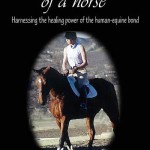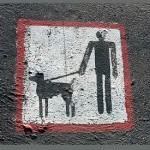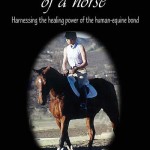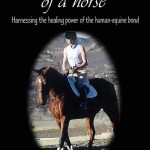Although a quick internet search reveals many articles and descriptions of equine therapy, the actual research support for this fascinating experiential modality can be hard to find. This is one of the many reasons that using horses as a therapeutic modality has been criticized. While naysayers have contended that there is no empirical evidence for the efficacy of equine therapy, much of difficulty in refuting this claim comes from the fact that the evidence can be hard to find.
Yet, the truth is, research studies of equine therapy have been published in seven different peer reviewed journals, both nationally and internationally. And these publications are not only specific to animal assisted therapy, but devoted to the understanding of mental health. Let’s take a look at the list:
EAGALA Model specific
Schultz, P., Remick-Barlow, G., & Robbins, L. (2007). Equine-assisted psychotherapy: A mental health promotion/intervention modality for children who have experienced intra-family violence. Health & Social Care in the Community 15(3), 265-271.
Trotter, K., Chandler, C., Goodwin-Bond, D., & Casey, J. (2008). A comparative study of the efficacy of group equine assisted counseling with at-risk children and adolescents. Journal of Creativity in Mental Health, Vol. 3(3), 254-284.
General Equine Assisted Psychotherapy services (other models utilized or not model specific)
Frewin, K. & Gardiner, B. (2005). New age or old sage? A review of equine assisted psychotherapy. The Australian Journal of Counselling Psychology, 6, pp13-17.
Kaiser, L., Spence, L. J., Lavergne, A. G., & Bosch, K. L. (2004). Can a week of therapeutic riding make a difference? A pilot study. Anthrozoos, 17, 63-72.
Klontz, B. T., Bivens, A., Leinart, D. & Klontz, T. (2007). The effectiveness of equine-assisted experiential therapy: Results of an open clinical trial. Society and Animals, 15 (2007), 257-267.
Scheidhacker, M., Friedrich, D., & Bender, W. (2002). About the treatment of anxiety disorders by psychotherapeutic riding: Long term observations and results of an experimental clinical study. Krankenhauspsychiatrie, 13, 145-152.
Zugich, M., Klontz, T., & Leinart, D. (2002). The miracle of equine therapy. Counselor Magazine, 3(6), 22-27.
It is important to understand that equine therapy, like any other relatively nascent therapeutic intervention, should be held to the same standards as every other form of clinical treatment. Yet, those in the mental health field do often rely heavily on both empirical evidence and case studies when making treatment decisions. And while there is no shortage of anecdotal support for the therapeutic value of work with horses, it is comforting to know that there is also sound clinical support for this line of work.





